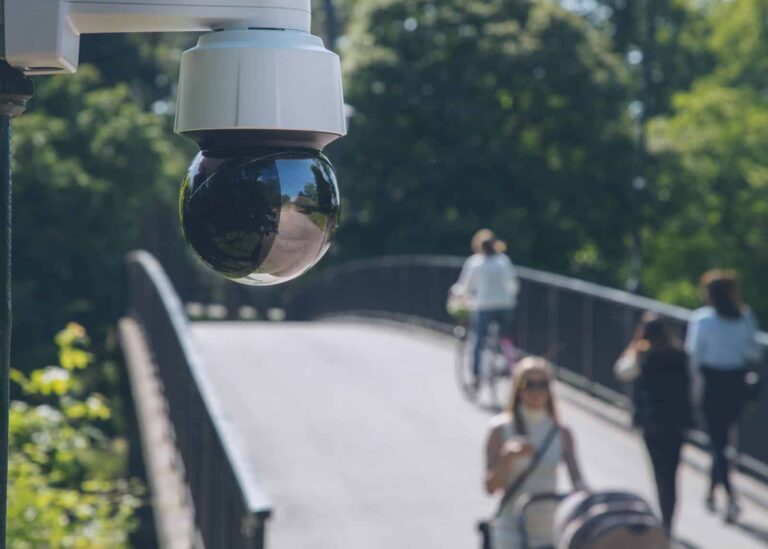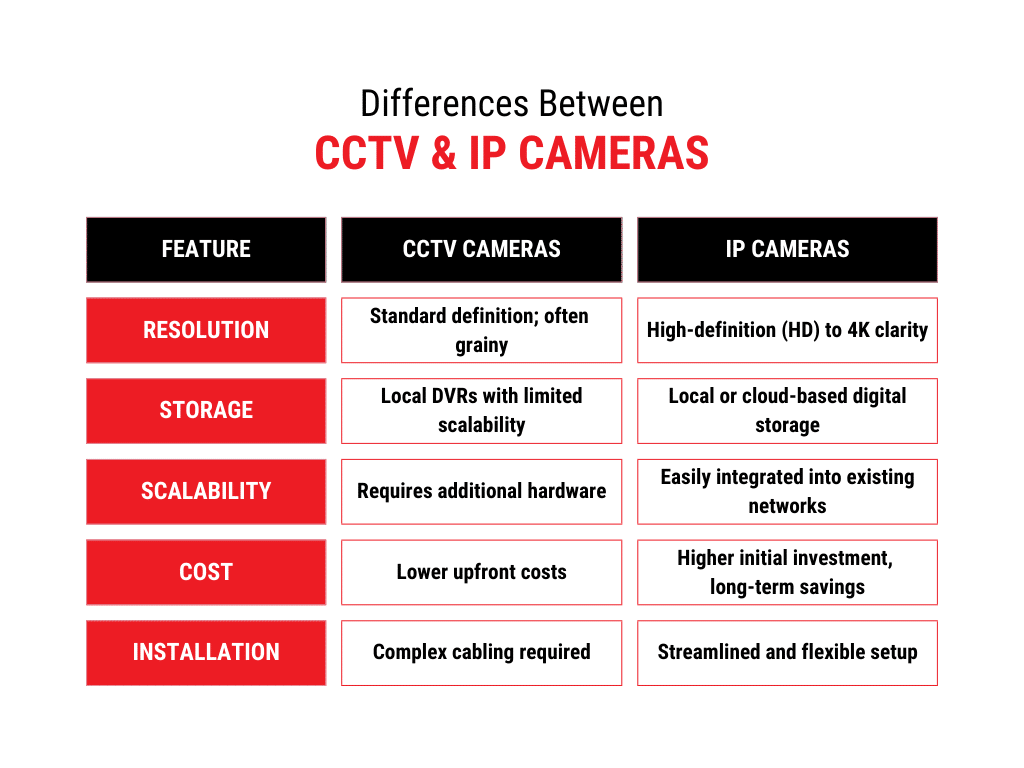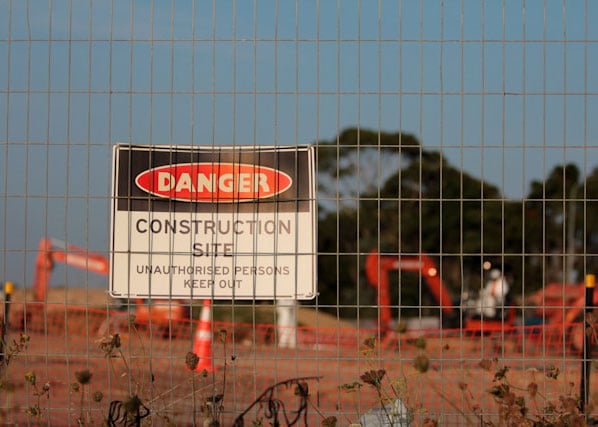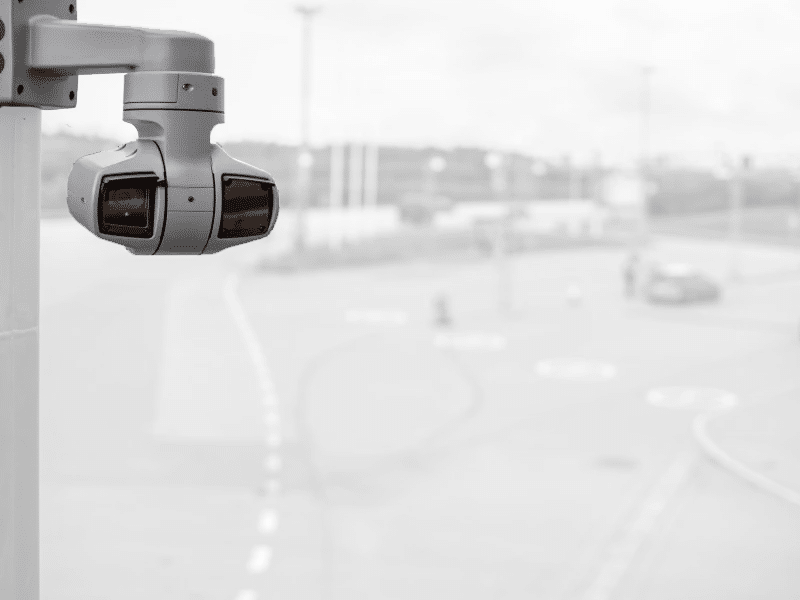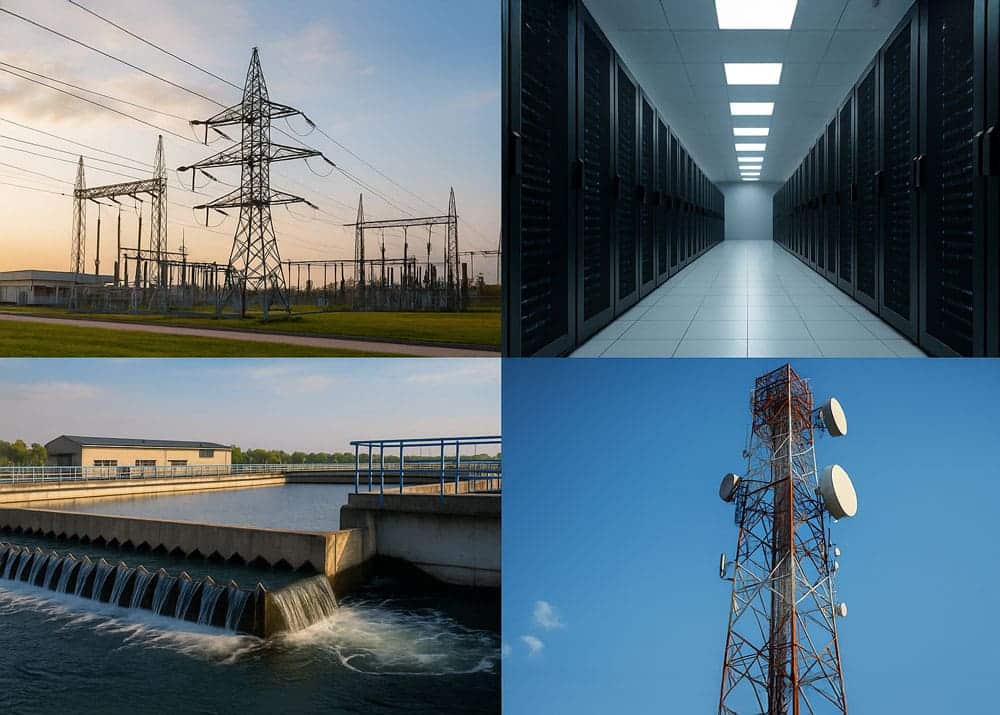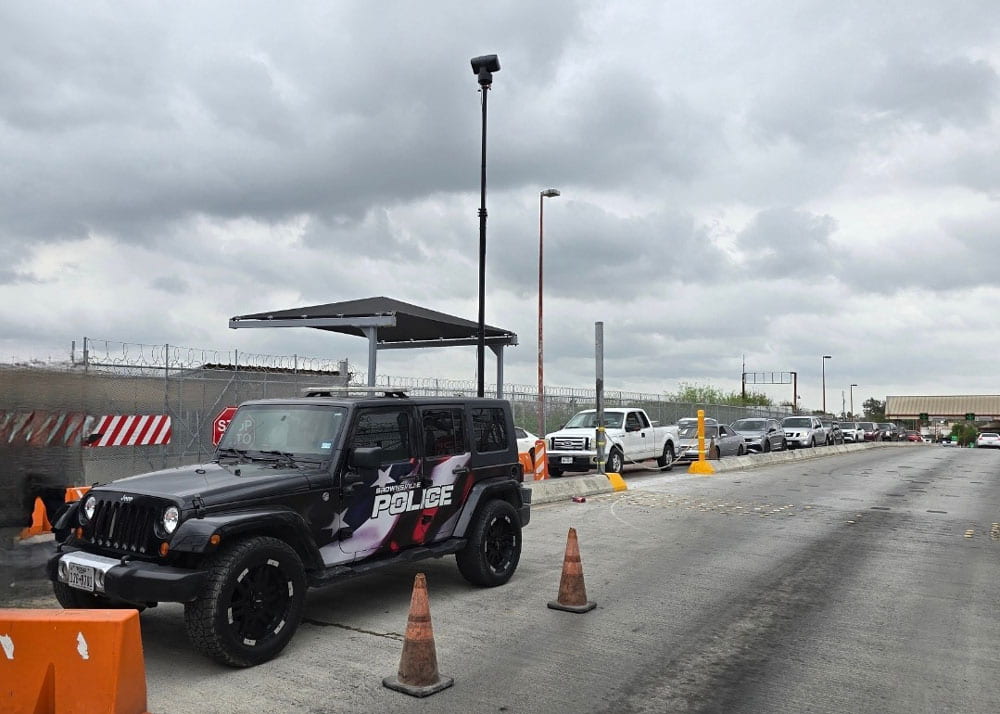What Is the Difference Between CCTV and IP Cameras?
Surveillance technology is a cornerstone of modern safety and security strategies, offering real-time monitoring and recorded evidence to protect property and people. Two of the most widely used technologies in this field are closed-circuit television (CCTV) and internet protocol (IP) cameras. While they share the same fundamental purpose—capturing video footage—they differ significantly in design, operation, and capabilities.
With an estimated 30 million CCTV cameras in the United States and 6 million in the UK, choosing the right system is essential for safety and security personnel. This guide outlines the differences between CCTV and IP cameras, their features, and how to select the best option for your needs.
What Is an IP Camera?
An internet protocol (IP) camera is a digital video camera that transmits video data over a network, enabling users to access and control the system remotely. Unlike analog CCTV systems, IP cameras digitize footage directly at the source, offering better video quality and greater functionality.
Key Features of IP Cameras
- High-Resolution Video: Captures video in HD, with resolutions ranging from 720p to 4K or higher, ideal for identifying faces, license plates, and other critical details.
- Remote Access: Connects to a network, allowing users to view live feeds or recordings from anywhere via smartphones, tablets, or computers.
- Advanced Capabilities: Includes features like motion detection, facial recognition, and intrusion alerts for intelligent surveillance.
- Scalable Design: Easily integrates into larger networks, making it suitable for businesses and organizations with growth in mind.
Law enforcement agencies increasingly rely on Real-Time Crime Centers (RTCCs) to enhance public safety and streamline operations. These centers integrate data from various sources, including IP cameras, which provide high-resolution video and pan-tilt-zoom (PTZ) capabilities for 24/7 live monitoring.
RTCCs offer critical situational awareness across high-crime areas, transit hubs, and large event venues, enabling faster response times and more effective crime-solving efforts. Airports, for example, can monitor multiple terminals simultaneously with IP cameras while using analytics to flag unusual activity. Learn more about how IP cameras are utilized in RTCCs to support law enforcement.
What Is a CCTV Camera?
A closed-circuit television (CCTV) camera is part of an analog video surveillance system. These systems transmit video signals via coaxial cables to monitors or recorders, creating a “closed” system that isn’t accessible over the internet.
Key Features of CCTV Cameras
- Affordability: Lower upfront costs make them a popular choice for small businesses or residential properties.
- Simplified Operation: Designed for basic monitoring, CCTV systems are ideal for users who don’t require advanced features.
- Proven Reliability: Trusted for decades in environments where durability and simplicity are priorities.
CCTV cameras are commonly used in retail stores, parking lots, and small offices where cost-effectiveness and localized monitoring are key.
Differences Between CCTV and IP Cameras
While both CCTV and IP cameras serve the same purpose of capturing and monitoring video footage, they achieve it in distinct ways:
- Resolution:
- CCTV Cameras: Provide standard-definition video, which can appear grainy and limit detail visibility.
- IP Cameras: Offer high-definition (HD) resolutions up to 4K, delivering sharp, clear images ideal for identifying faces or license plates.
- Storage:
- CCTV Cameras: Use local Digital Video Recorders (DVRs), which have limited scalability and don’t support remote access.
- IP Cameras: Store footage digitally with options for local or cloud-based storage, providing flexibility and easier access to data.
- Scalability:
- CCTV Cameras: Expanding the system requires additional cabling and hardware, increasing costs and complexity.
- IP Cameras: Easily integrate into existing networks, making them a better option for growing organizations.
- Cost:
- CCTV Cameras: Have lower upfront costs, which makes them suitable for smaller budgets.
- IP Cameras: Require a higher initial investment but offer long-term savings through advanced features and lower maintenance needs.
- Installation:
- CCTV Cameras: Involve complex cabling that can increase labor costs and setup time.
- IP Cameras: Feature streamlined and flexible installation, especially for temporary or mobile setups.
Similarities Between CCTV and IP Cameras
Despite their differences, both technologies share some key features:
- Monitoring Capabilities: Both are used for video surveillance and recording.
- Remote Access: Many modern CCTV systems now offer remote viewing via internet-connected DVRs.
- Integration with Broader Systems: Both can pair with tools like light towers or telescopic masts to improve visibility and extend monitoring range.
Use Cases for CCTV and IP Cameras
CCTV Cameras
- Retail Stores: Affordable and reliable for monitoring customer activity.
- Small Offices: Straightforward security for entrances, parking areas, or common spaces.
- Residential Properties: Ideal for basic monitoring of driveways, entry points, or backyards.
IP Cameras
- Airports and Transportation Hubs: Monitor large, complex spaces with HD imaging and analytics.
- Military Installations: Use motion tracking and facial recognition for perimeter security.
- Public Spaces: Manage crowds and detect suspicious activity in real-time.
IP cameras offer unmatched scalability and advanced features such as motion detection and facial recognition. Discover how NDAA-compliant security cameras can enhance your surveillance systems by meeting strict government standards while providing high-resolution imaging and analytics capabilities.
Integrating cameras with light towers or telescopic masts enhances effectiveness, particularly in low-light environments. These tools ensure comprehensive coverage, even in challenging conditions.
Which Is Better: Analog CCTV or IP Cameras?
Choosing between CCTV and IP cameras depends on your needs and goals:
- Budget: CCTV systems are more affordable upfront but may have higher maintenance costs over time.
- Scalability: IP cameras are ideal for growing systems, as they integrate easily into existing networks.
- Advanced Features: If you need analytics, motion detection, or high-resolution footage, IP cameras are the best option.
- Temporary or Remote Surveillance: Mobile Surveillance Towers accommodate both systems, making them perfect for events, construction sites, or disaster response.
Conclusion
CCTV systems offer cost-effective solutions for basic surveillance, while IP cameras provide advanced features and scalability for larger or more complex setups. By evaluating your budget, technology requirements, and future goals, you can implement a solution that enhances safety and meets your operational objectives. Explore our range of IP cameras to find the perfect fit for your surveillance needs, whether for real-time monitoring or integration with advanced systems like mobile surveillance towers.

